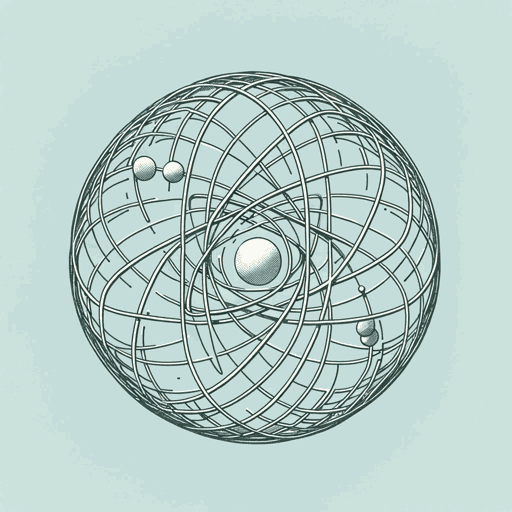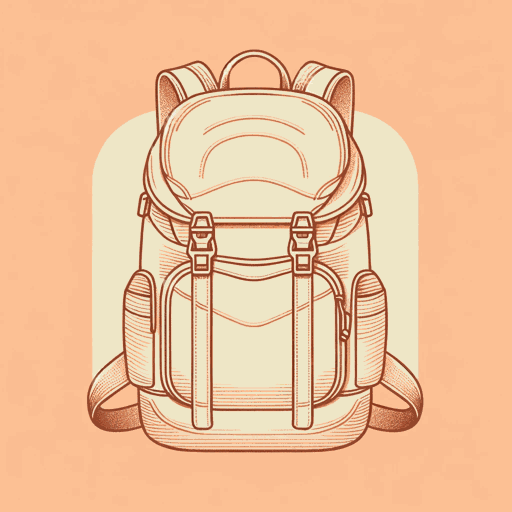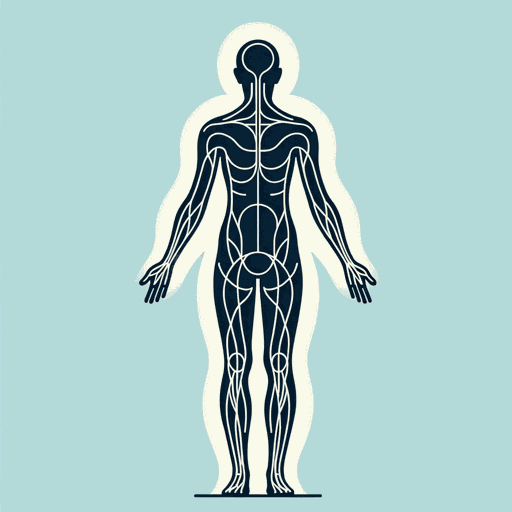73 pages • 2 hours read
Bill BrysonThe Body: A Guide for Occupants
Nonfiction | Book | Adult | Published in 2019A modern alternative to SparkNotes and CliffsNotes, SuperSummary offers high-quality Study Guides with detailed chapter summaries and analysis of major themes, characters, and more.
Chapters 12-15 Chapter Summaries & Analyses
Chapter 12 Summary: “The Immune System”
Pathogens that get past the body’s outer protections, especially the skin, will find a hard time of it inside, where a vast array of immune functions muster to battle the invaders. Bones, lymph nodes, spleen, thymus, and various nooks and crannies suddenly spew forth antibodies—microbe-killing cells and chemicals—along with repair cells and chemicals in great profusion. By one count, the body contains 300 or more different types of immune cells. Their job description is simple: “identify anything that is in the body that shouldn’t be there and, if necessary, kill it” (201).
New pathogens and mutating older ones evolve all the time, trying to defeat the immune system, which thus has an endless task. The immune system also must remove body cells that go bad, as happens in cancer. Occasionally, mistakes happen, and an autoimmune disease will erupt—arthritis, Crohn’s disease, multiple sclerosis, and many others. Five percent of humans suffer from such problems.
Five types of white blood cells anchor the immune system; of these, lymphocytes are the main players, in two types: B and T. T-cells remember previous invaders, marshal other cells to do battle, and instruct B-cells which antibodies to produce. Antibodies latch onto invaders, disabling and tagging them for attack by other immune elements.
Related Titles
By Bill Bryson

A Short History of Nearly Everything
Bill Bryson

A Walk in the Woods
Bill Bryson

In a Sunburned Country
Bill Bryson

One Summer: America, 1927
Bill Bryson

The Life and Times of the Thunderbolt Kid
Bill Bryson

The Lost Continent
Bill Bryson

The Mother Tongue: English and How It Got That Way
Bill Bryson

